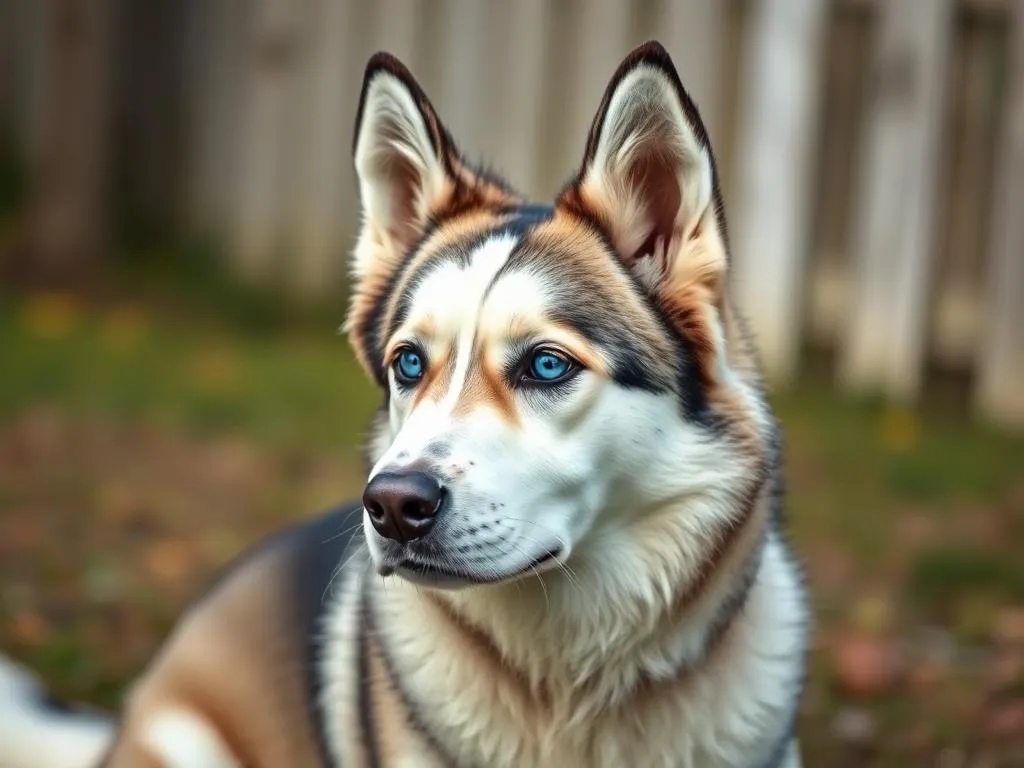
Introduction
When it comes to choosing a dog, understanding the various dog breeds is crucial for any potential dog owner. Different breeds come with unique characteristics, temperaments, care requirements, and costs associated with their ownership. In this guide, we will delve into the Siberian Husky, a breed known for its striking appearance and vibrant personality. A significant aspect of considering a Husky is understanding the cost of owning one. So, let’s explore the question: how much does a husky cost?
Understanding Dog Breeds
Definition of Dog Breeds
A dog breed is a specific group of domestic dogs with particular characteristics that distinguish them from other groups. Each breed has unique traits, including size, coat type, temperament, and energy levels. Understanding these breed characteristics is essential for prospective dog owners as it helps them choose a breed that aligns with their lifestyle and needs.
Factors Influencing Dog Breed Selection
Choosing the right dog breed goes beyond just falling for a cute face. Key factors include:
-
Lifestyle Considerations: Some breeds require more exercise and space than others. If you live in a small apartment, a high-energy breed may not be suitable.
-
Family Dynamics: Families with young children may opt for breeds known for their gentle nature. Additionally, those with allergies might need to consider hypoallergenic breeds.
-
Purpose of the Dog: Are you looking for a companion, a working dog, or a show dog? Different breeds serve various purposes, affecting your choice.
Popular Dog Breeds
Some popular dog breeds include:
- Labrador Retriever: Known for their friendly temperament and versatility.
- German Shepherd: Renowned for their intelligence and loyalty.
- Bulldog: Famous for their distinct appearance and calm demeanor.
When comparing these breeds to the Husky, you’ll find that Huskies are known for their high energy levels, striking appearance with thick fur, and friendly yet independent personalities.
The Siberian Husky
General Characteristics
Siberian Huskies are medium-sized dogs, typically weighing between 35 to 60 pounds. They are known for their beautiful, thick double coat, erect triangular ears, and striking blue or multicolored eyes. Their personalities are often described as friendly, energetic, and mischievous, making them great companions for active families.
However, it’s essential to note some common health issues that can affect Huskies, including hip dysplasia, eye disorders, and certain skin conditions. Regular veterinary care is crucial to keeping your Husky healthy.
History and Origin
The Siberian Husky originated in Siberia, where they were bred by the Chukchi people for sledding and companionship. Their endurance and ability to withstand harsh climates made them indispensable for transportation and herding in the Arctic. The breed gained popularity in North America during the early 20th century, particularly during the Alaskan gold rush.
Cost of Owning a Husky
Initial Purchase Price
One of the first considerations for potential Husky owners is the initial purchase price. On average, purchasing a Husky from a reputable breeder can range from $800 to $2,000, depending on factors such as pedigree, location, and the breeder’s reputation.
Alternatively, adopting a Husky from a shelter or rescue organization can cost anywhere from $200 to $600. Adoption fees typically include spaying/neutering, vaccinations, and initial health checks, making it a more affordable option for many.
Ongoing Expenses
Food and Nutrition
Feeding your Husky a balanced diet is crucial for their overall health. Huskies thrive on high-quality dog food that contains a good balance of protein, fat, and carbohydrates. For an average Husky, you can expect to spend around $50 to $100 per month on food, depending on the brand and type you choose.
Veterinary Care
Regular veterinary care is essential for your Husky’s health. Routine check-ups and vaccinations can cost approximately $300 to $600 annually. Additionally, Huskies are prone to certain health issues that may require treatment, leading to potential medical costs ranging from $200 to over $1,000 depending on the issue.
Grooming Needs
Huskies have a thick double coat that sheds heavily, especially during seasonal changes. Regular grooming is essential to manage shedding and keep their coat healthy. Grooming costs can vary, but you might spend around $40 to $80 per session if using professional services. Alternatively, investing in grooming tools for at-home care can save you money in the long run.
Training and Socialization
Training is vital for Huskies due to their independent nature. Professional training classes can cost anywhere from $100 to $500, depending on the program. Investing in training not only helps in obedience but also promotes a well-behaved pet.
Additional Expenses
Owning a Husky also comes with several additional expenses including:
- Dog Supplies: Collars, leashes, beds, and toys can add up to an initial expense of $200 to $500.
- Pet Insurance: Depending on the coverage, pet insurance can range from $20 to $100 per month, providing peace of mind against unexpected health costs.
- Travel and Boarding: If you travel frequently, consider the costs associated with boarding your Husky, which can run between $25 to $75 per day.
Comparing Costs with Other Breeds
Cost Analysis of Other Medium to Large Breeds
When comparing the costs of owning a Husky to other medium to large breeds, you’ll find some similarities and differences. For instance:
- Labrador Retriever: Average initial cost is similar, ranging from $800 to $2,000, with ongoing expenses slightly lower due to their generally fewer health issues.
- German Shepherd: Initial costs can be similar, but ongoing medical expenses may be higher due to their predisposition to specific health conditions.
Cost Considerations for Mixed Breeds
Mixed breed dogs often come with lower initial purchase costs, typically ranging from $50 to $500 if adopted from shelters. They may have fewer genetic health issues due to their diverse genetic makeup, potentially lowering ongoing veterinary costs. However, it’s essential to research their specific needs as some mixed breeds may inherit traits from their purebred parents.
Conclusion
Understanding the financial commitment of owning a dog, particularly a Siberian Husky, is crucial for potential owners. From the initial purchase price to ongoing expenses such as food, healthcare, and grooming, the costs can add up significantly. Huskies, while charming and affectionate, require dedicated care and attention, which can further influence your budget.
Ultimately, the decision to bring a Husky into your life should be made after careful consideration of both the emotional and financial responsibilities involved. Owning a dog can be one of life’s most rewarding experiences, but it’s essential to weigh your options carefully before choosing a breed that best fits your lifestyle and capabilities.









